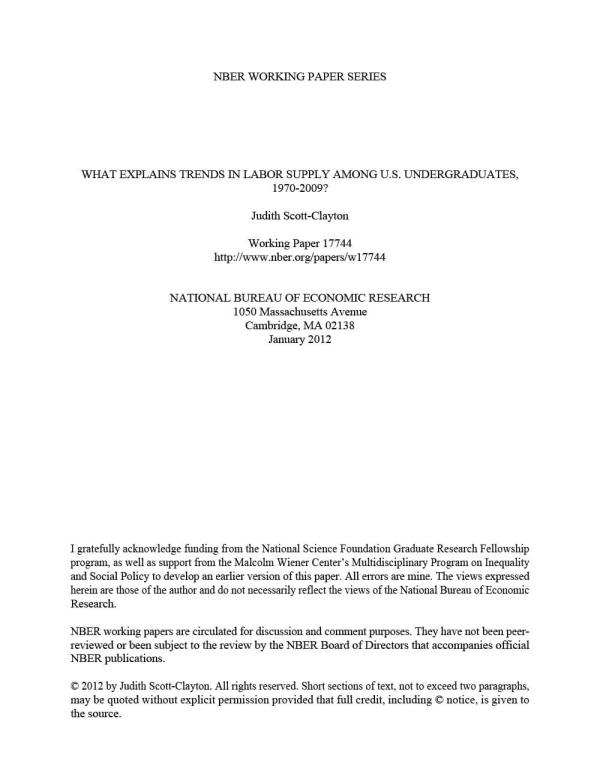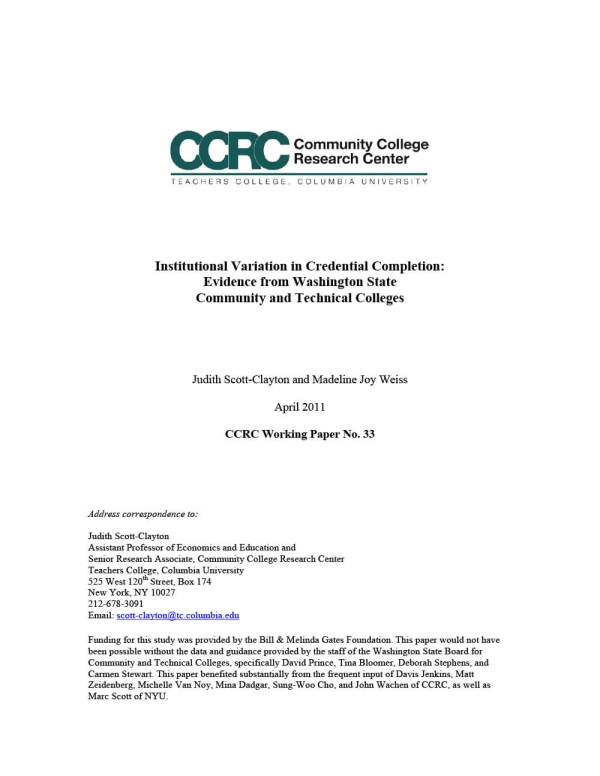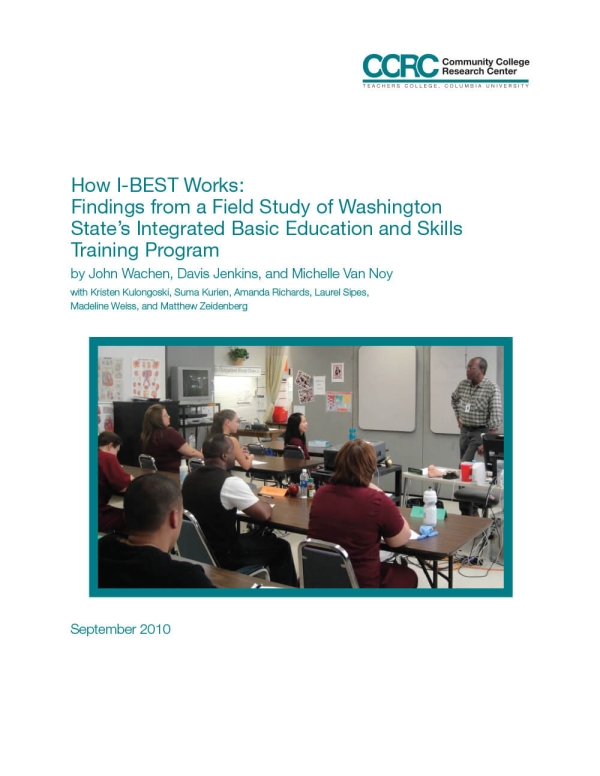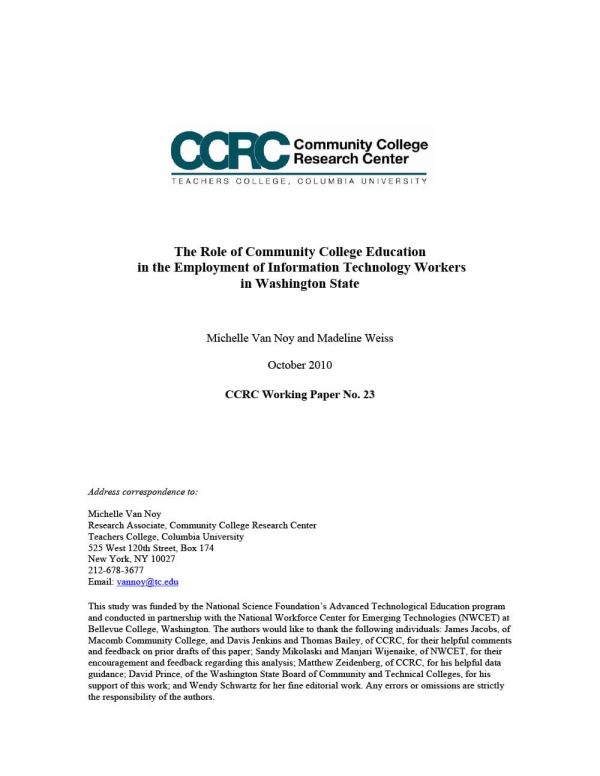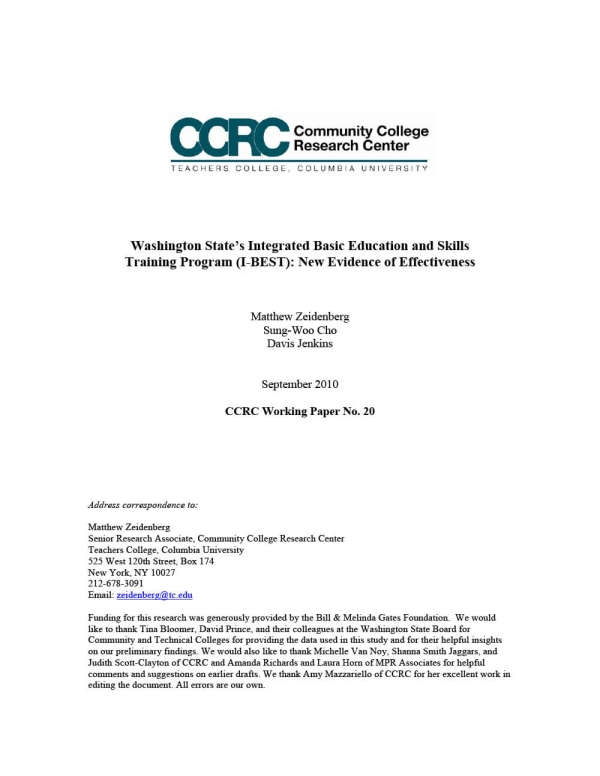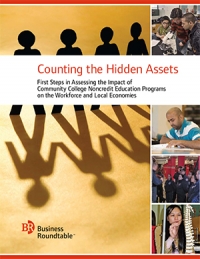February 2012
This National Bureau of Economic Research (NBER) working paper examines working patterns among traditional-age college students from 1970–2009, considers several explanations for the long-term trend of rising employment, and examines whether the upward trend is likely to resume when economic conditions improve.

